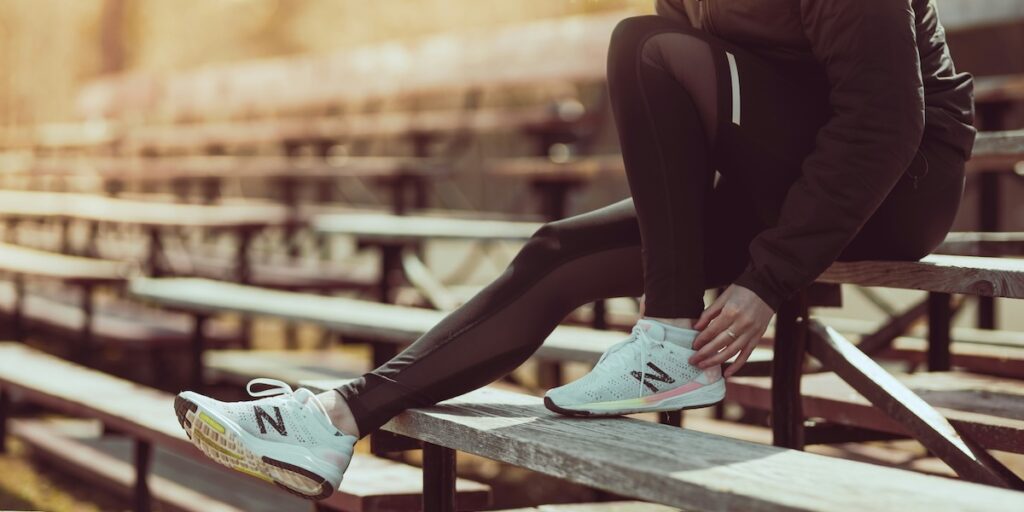If you’re experiencing knee pain after running, you’re not alone. This is one of the most common complaints among runners of all levels. Knee pain can be caused by a variety of factors, from overuse and improper running technique to underlying (and possibly undiagnosed) knee conditions. Understanding the reasons behind your discomfort is the first step toward effective relief and even prevention.
Why Does Running Cause Knee Pain?
Running is a high-impact activity that places significant repetitive stress on the knee joint. Each stride sends force through your knee, and over time, this can lead to irritation, inflammation, or injury, especially if you ramp up your mileage too quickly, wear improper or old footwear, or have muscle imbalances. Overuse from activities like running and jumping is a frequent cause of irritation in the tissues surrounding the kneecap, resulting in patellar pain or even early arthritis.
Common Causes of Knee Pain After Running
Patellar Pain (Runner’s Knee)
Patellar pain, also known as runner’s knee or patellofemoral pain syndrome, is one of the most frequent causes of knee pain after running. This condition causes discomfort around or behind the kneecap, often worsened by activities that involve bending the knee, such as running, squatting, or climbing stairs. Misalignment of the kneecap, muscle imbalances, or overuse can all contribute to this pain. Learn more about patellar pain and patellar arthritis.
Knee Chondromalacia
Chondromalacia patella occurs when the cartilage under the kneecap softens and deteriorates, causing pain, swelling, and sometimes a grinding sensation. This condition is common in runners and can be triggered by overuse, poor alignment, or a sudden increase in activity. This is an early form of arthritis.
Tendinitis
Repetitive running can inflame the tendons around the knee, particularly the patellar tendon (just below the kneecap) and the quadriceps tendon (just above the kneecap). Tendinitis causes pain during and after running and can worsen if not addressed.
Other Factors
Improper footwear, poor running form, weak hip or thigh muscles, and running on hard surfaces can all increase your risk of knee pain. Overtraining—running too much, too soon, or without adequate rest—can also lead to overuse injuries.
What Should You Do If You Have Knee Pain After Running?
- Rest and Ice: Take a break from running and apply ice to reduce swelling and pain.
- Evaluate Your Shoes: Make sure you’re running in supportive, well-fitting shoes that aren’t worn out, typically shoes should be changed every 300-500 miles.
- Check Your Form: Consider a gait analysis to identify and correct poor running mechanics.
- Strengthen Supporting Muscles: Focus on strengthening your quadriceps, glutes, and hip muscles to help stabilize your knee.
- Modify Your Training: Gradually increase your mileage and intensity, and include rest days to allow your body to recover.
- Physical Therapy: If pain persists, physical therapy can help address muscle imbalances and improve knee function.
If your pain is severe, does not improve with rest, or is accompanied by swelling, instability, or a sense of your knee “giving way,” it’s important to see an orthopedic surgeon for a thorough evaluation. Keeping track of which activities worsen your symptoms and any recent changes in your routine can help your doctor make an accurate diagnosis.
When to Seek Medical Advice
Sudden, severe pain after a specific injury, persistent pain that doesn’t improve with conservative care, or symptoms of instability should prompt a visit to your doctor. Early intervention can help prevent further damage and get you back to running safely.
For more information on knee pain, its causes, and treatment options, explore these resources:
- Patellar Pain and Patellar Arthritis
- Knee Chondromalacia, Arthritis, and Tendonitis
- Patient Information
Don’t ignore knee pain after running. Addressing it early can help you recover faster and prevent future injuries.
Photo by Charles Gaudreault on Unsplash

